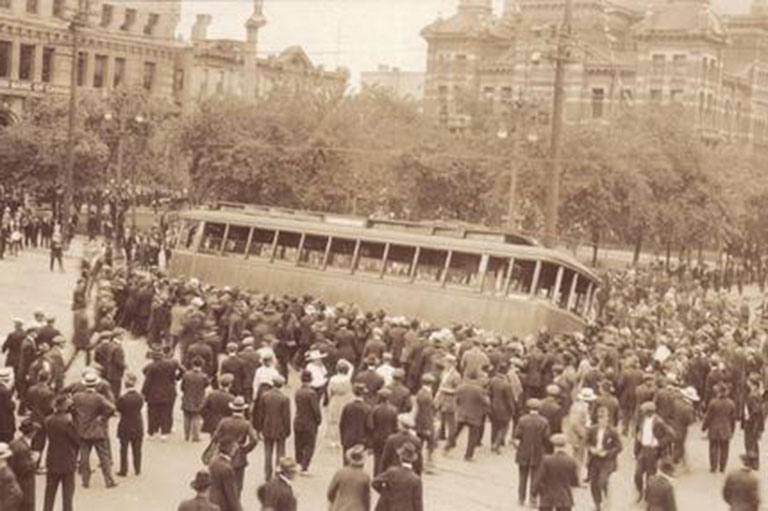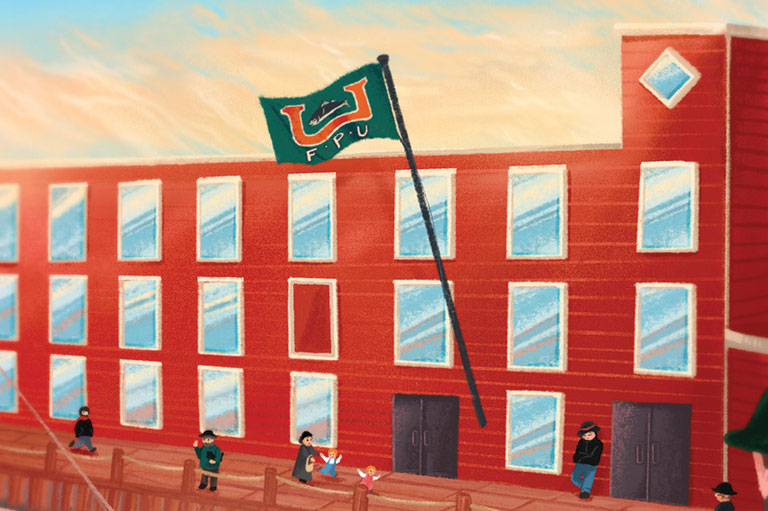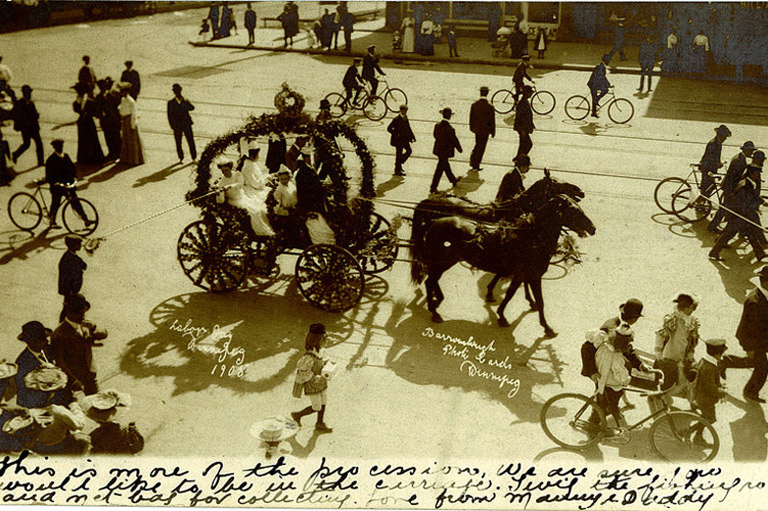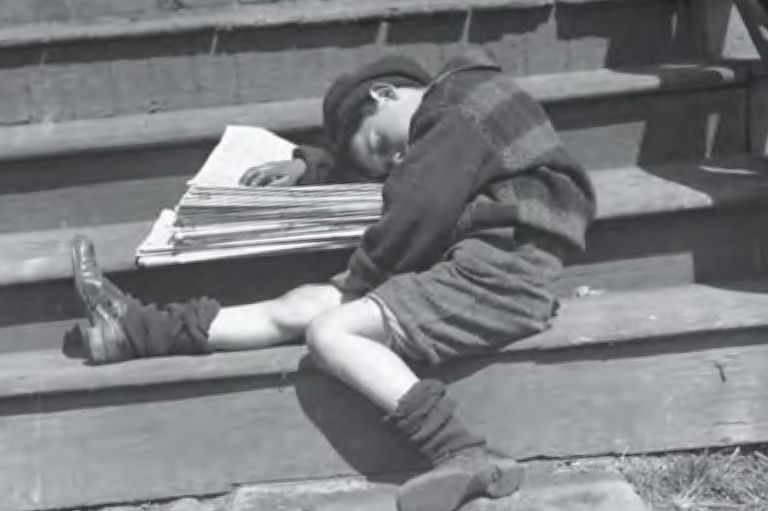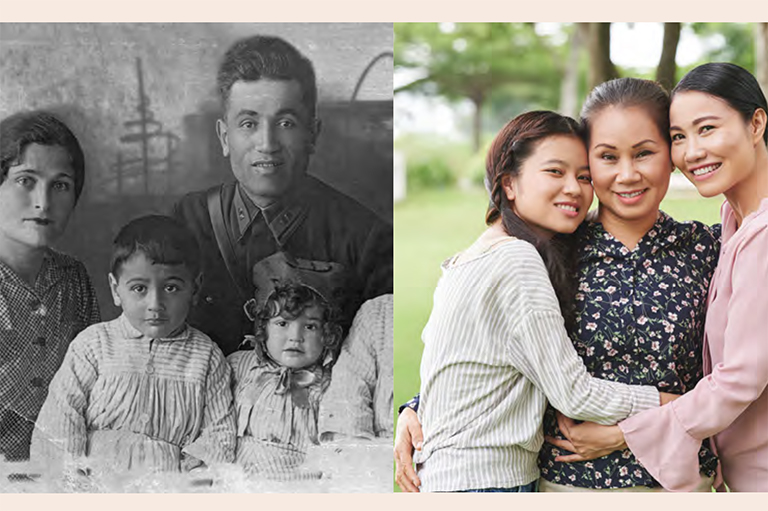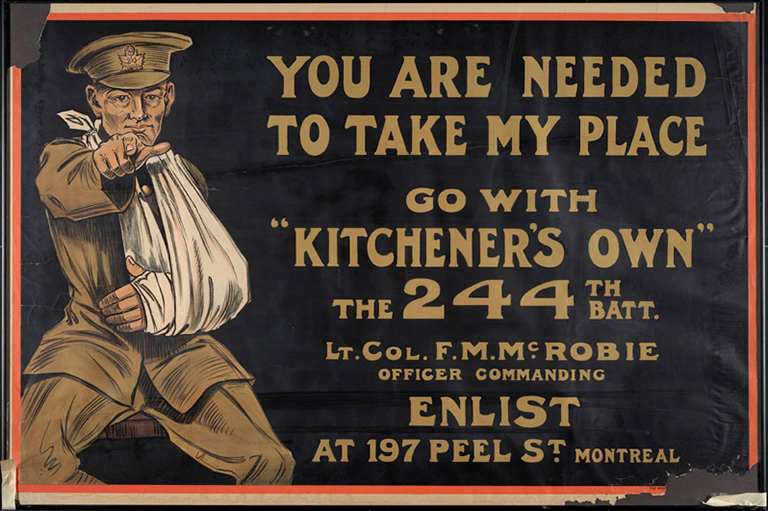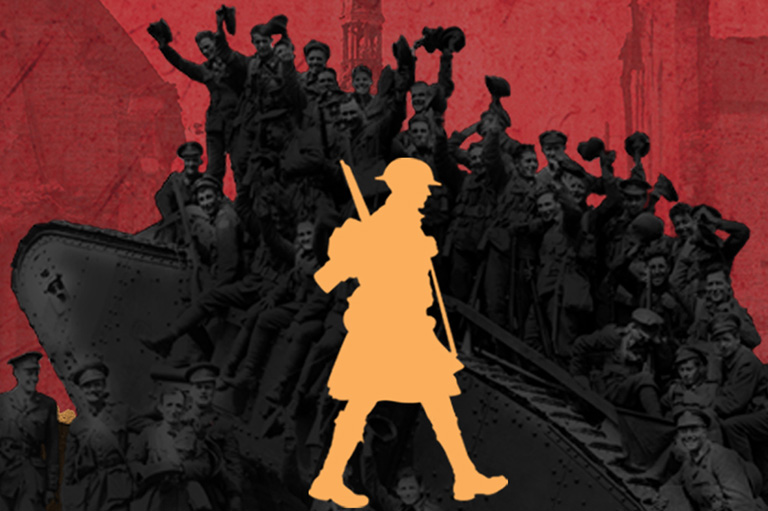Workers' Rights: Where do you Stand?
This activity is based on the comic “Fighting for Fairness” in the Canada at Work issue of Kayak: Canada’s History Magazine for Kids.
Students will read the graphic-style story “Fighting for Fairness” and voice their own opinions on issues relating to labour history. The document will also help students to understand Madeleine Parent’s perspective.
This activity asks students to use evidence, consider historical perspectives, and identify continuity and change. To learn more about the six historical thinking concepts, check out the Historical Thinking Project or consider attending the Historical Thinking Institute.
Background:
Madeleine Parent was a union organizer and social activist. Over the course of her life she fought for better working conditions for workers in Canada.
Parent was particularly concerned with long working hours, unsafe conditions, and equal pay.
As the Kayak comic explains, Madeleine Parent “never stopped helping others, and never stopped working for what she believed in” from the 1940s up until her death in 2012.
Activity:
1. In preparation for reading the article, students should be familiar with the following terms:
- Strike – When workers and the company can’t agree, the workers may refuse to work.
- Labour – Work, sometimes physical, sometimes thinking.
- Equal Pay – People working the same job at the same workplace make the same amount of money.
- Union – A group that defends workers’ rights. Members come together to agree on their pay, hours, and other things with the company they work for.
2. Brainstorming
Have your class brainstorm what they know about the workplace and workers’ rights. Do they know of any workplace issues? If so, why are these particular problems important?
3. Distribute Activity Sheet #1. Ask students to complete the questions using their understanding of work from the discussion. Discuss the responses to the prompts as a class.
4. As a class, read the Kayak article “Fighting for Fairness.”
5. Distribute Activity Sheet #2. Students should now complete the prompts based on Madeleine Parent’s perspective and can refer to the comic as they make their choices.
6. Discuss the responses to the prompts. How were the answers similar? How were they different? What do these answers reveal about workers’ rights in the past and today?
Wrap-up
Discuss why it is impossible to know exactly how Madeleine Parent felt about each issue but how her legacy has contributed to the ways in which we think about workers’ rights.
Extension Activities
For an older age group: bring in primary sources relating to factory owners and their perspectives about the union and workers’ rights movements. Compare and contrast the two perspectives.
For multiple age groups: bring in a news article about a workplace issue happening in the community the school is in. Practice continuity and change by analyzing what is different and what has stayed the same in the workers’ rights movement.
For more classroom materials on labour history, check out the activity “Differing Perspectives on the Winnipeg General Strike.”
Themes associated with this article
Advertisement

